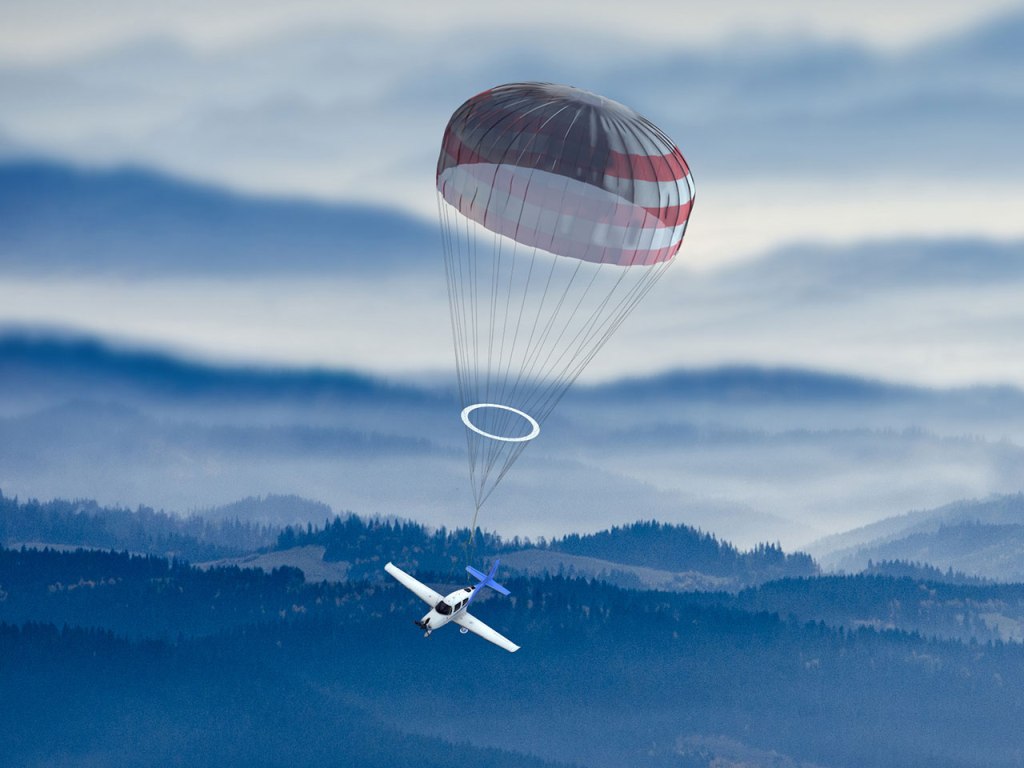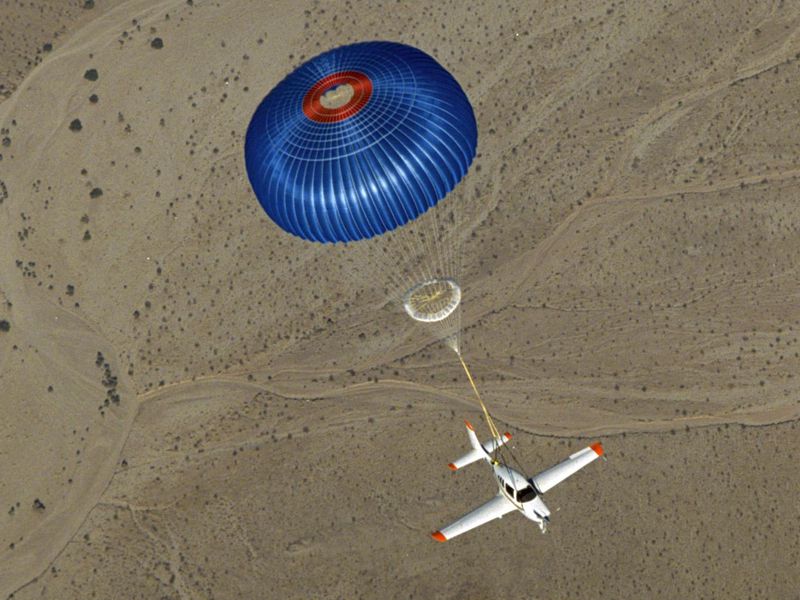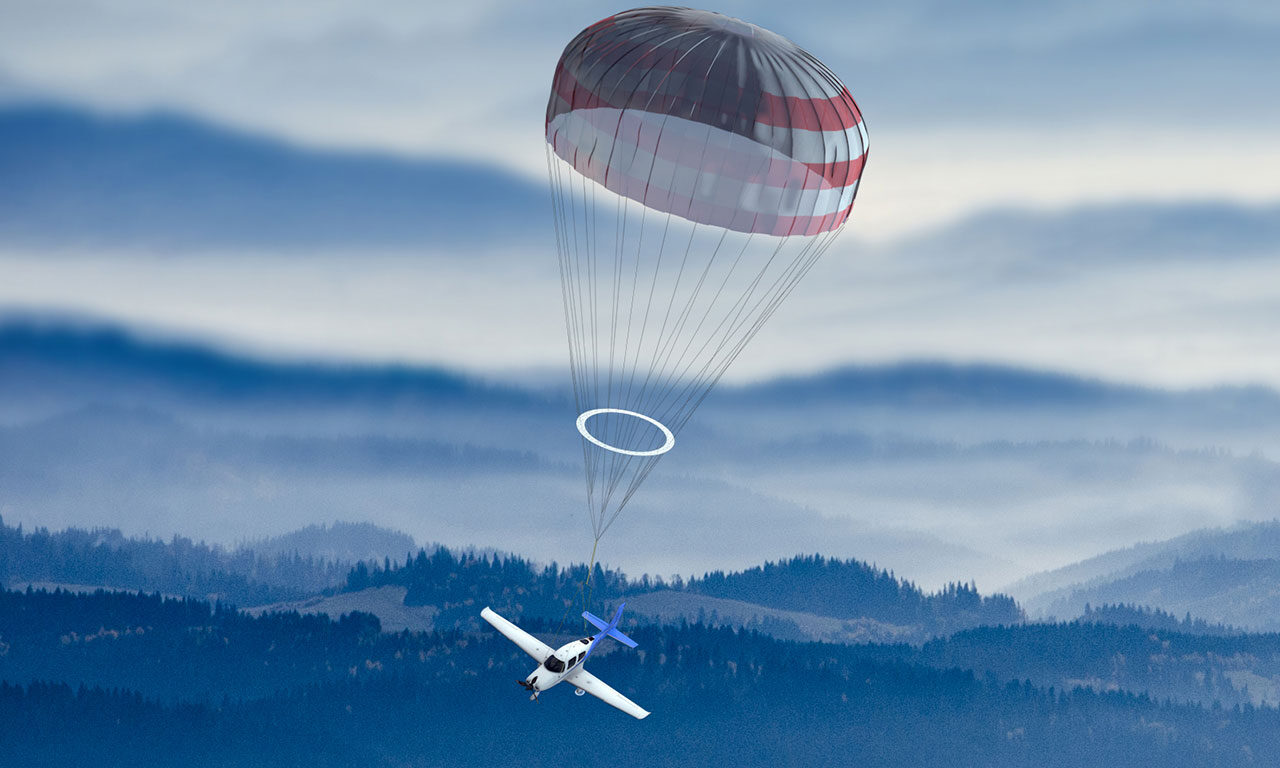- How CAPS was developed
- how many times CAPS has had to be used
- The amount of fatalities and lives saved from using CAPS

The Cirrus Airframe Parachute System (CAPS) is a ballistic parachute recovery system designed for planes, specifically for the Cirrus SR20, SR22 and SF50. Cirrus achieved certification by the FAA for this product in October 1998, and for 16 years was the only aircraft ballistic parachute system used as standard equipment in all of aviation.
The development of CAPS was done through a collaboration between Cirrus and Ballistic Recovery Systems. The two companies developed the parachute to be pulled from a small solid-fuel rocket that was placed in the fuselage. The first aircraft to have an emergency and have to deploy the parachute was the aircraft registered under the tail N1223S. This aircraft had to deploy the parachute and landed safely in Mesquite, TX leaving only small damages on the airframe of the aircraft. Cirrus bought the airframe back, repaired it, and used it as a demo plane. The Cirrus Vision SF50 was certified to use CAPS in October 2016 and was the first jet with a ballistic parachute.
Since aircrafts started using CAPS, the parachute system has been activated 123 times, 104 of which saw successful parachute deployment. In the 104 successful deployments, 212 lives have been saved with 1 fatality. As of December 18th 2018, 19 of the aircrafts involved in CAPS deployments have been repaired and put back into service. Cirrus has experienced an increase in CAPS deployments, and a decrease in fatalities which gives Cirrus one of the best safety records in the industry.


